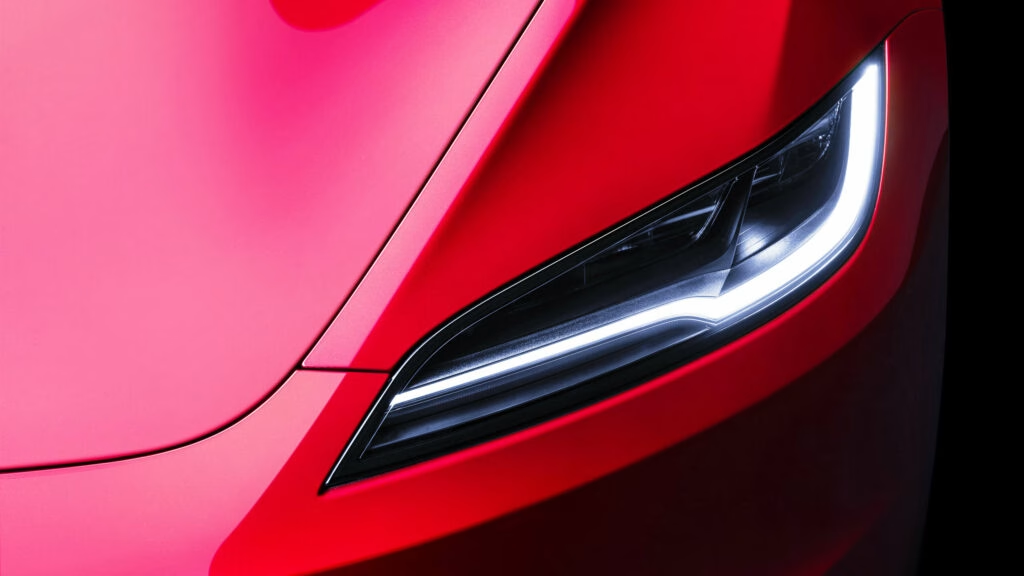Why Is Panasonic Slowing Down Its Battery Expansion Plans in the US?
Panasonic has been a cornerstone in Tesla’s electric vehicle journey, supplying batteries since the days of the original Roadster. The partnership has powered Tesla’s rapid growth, but lately, the road’s gotten a bit bumpier. Panasonic’s ambitious plan to ramp up production at its new Kansas battery factory—targeting 30 GWh by March 2027—has just hit the brakes. The company hasn’t set a new timeline, leaving industry watchers and investors scratching their heads.
So, what’s behind the slowdown? It boils down to shifting market winds. Panasonic had already invested around $4 billion in the Kansas site, betting big on a continued EV boom. But as 2024 unfolds, the EV market isn’t growing as quickly as many predicted. According to a recent report from Nikkei Asia, Panasonic even shelved plans for a third US battery plant, citing stagnant demand. This isn’t just a Panasonic problem—it’s a ripple effect from Tesla’s own recent struggles.
How Are Tesla’s Sales Impacting Its Suppliers?
Tesla’s sales numbers have been underwhelming this year. In the second quarter, global deliveries dropped 14 percent, from 410,244 to 384,122 vehicles. That’s not a blip—it’s a trend, following a 13 percent dip in the first quarter. The Model 3 and Model Y are still the bread and butter, making up the vast majority of sales (373,728 units in Q2), but the Model S, Model X, and Cybertruck combined? Just 10,394. Ouch.
For Panasonic, Tesla isn’t just a customer—it’s the customer. When Tesla sneezes, Panasonic catches a cold. With fewer cars rolling off the line, there’s less need for batteries, and that throws a wrench into any plans for rapid expansion. It’s a stark reminder that even giants like Panasonic are tethered to the fortunes of their biggest partners.
Is Waning EV Demand a Blip or a Bigger Shift?
The EV market’s recent plateau has surprised many. After years of double-digit growth, things are cooling off. Several factors are at play: higher interest rates, lingering concerns about charging infrastructure, and increased competition from both legacy automakers and new entrants. According to the International Energy Agency, global EV sales are still expected to grow in 2024, but at a slower pace than in previous years.
For companies like Panasonic, that means recalibrating. Instead of racing to build more factories, the focus shifts to optimizing existing operations and waiting for demand to catch up. It’s not just about making more batteries—it’s about making the right batteries, at the right time, for the right customers.
What Does This Mean for the Future of Tesla and Panasonic’s Partnership?
Despite the current headwinds, the Tesla-Panasonic relationship remains strong. They’ve been in lockstep since 2010, and their collaboration on the new 4680 battery cells is proof they’re still pushing the envelope together. The Kansas plant will soon begin producing batteries, just not at the breakneck pace originally planned.
Both companies are playing the long game. Panasonic’s decision to delay expansion isn’t a retreat—it’s a strategic pause. They’re watching the market, keeping a close eye on Tesla’s next moves, and staying ready to accelerate when the time is right. In the meantime, they’ll keep refining their technology and processes, ensuring they’re prepared for the next surge in demand.
How Should Investors and EV Fans Interpret These Changes?
If you’re invested in the EV space—or just rooting for a greener future—it’s easy to get spooked by headlines about delays and declining sales. But context matters. The EV transition was never going to be a straight shot upward. Markets ebb and flow. Consumer preferences shift. Policy and infrastructure take time to catch up.
The big takeaway? The EV revolution isn’t about perfection—it’s about smarter adjustments. Companies like Panasonic and Tesla are learning to pivot, adapt, and optimize as the landscape evolves. Start with one change this week, and you’ll likely spot the difference by month’s end. That’s how real progress happens—one recalibration at a time.

